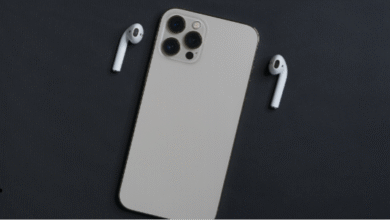Captions aren’t just a compliance checkbox; they’re a core design layer that can lift watch‑time, clarity, and conversion when executed well. Start with readability. Keep each line short, restrict the display to two lines, and choose a high‑contrast font so viewers never squint to follow the dialogue . Next, nail the timing. Captions that lag behind or race ahead of the speaker break comprehension and bump bounce‑rates, so aim for near‑perfect sync every time .
Context is equally critical. If a scene contains laughter, applause or music, label those moments with cues like [laughter] or [music] so the emotional tone survives even on mute . That extra layer of description not only serves deaf or hard‑of‑hearing viewers but also boosts overall retention among the 69 % of people who default to silent scrolling in public spaces (and 25 % who do so in private) .
Thinking globally? Captions double as the gateway to multilingual reach. The moment you embed text, you gain a string that can be machine‑translated or manually localised, allowing one video asset to resonate across regions without reshoots . Yet all this meticulous work can bog teams down if handled frame by frame. That’s why many editors lean on AI workflows. Videomagic pulls captions directly from a script, blog post or even a PDF, auto‑syncs them to scenes, and drops them into the timeline so you move “from idea to captioned video in minutes,” rather than hours . An integrated style panel then lets you apply brand colours and fonts without bouncing files into separate design tools .
If you’re wondering whether your current workflow ticks every box—from colour contrast to cue timing—bookmark this mid‑project caption design checklist. It spells out alignment with accessibility standards and highlights quick wins like using semi‑transparent backing bars for text over busy footage.
The real advantage, however, is velocity. Modern content calendars demand multiple versions of the same clip for TikTok, Instagram Reels, YouTube Shorts, and paid ads. Manual captioning across formats can steal an entire editing day. Automating inside Videomagic liberates that time so creative teams can iterate hooks, test CTAs, and publish faster—turning captions from a production bottleneck into a strategic accelerant.
Dialled‑in design plus AI speed equals videos that not only speak to everyone but also keep them watching, clicking, and converting.





